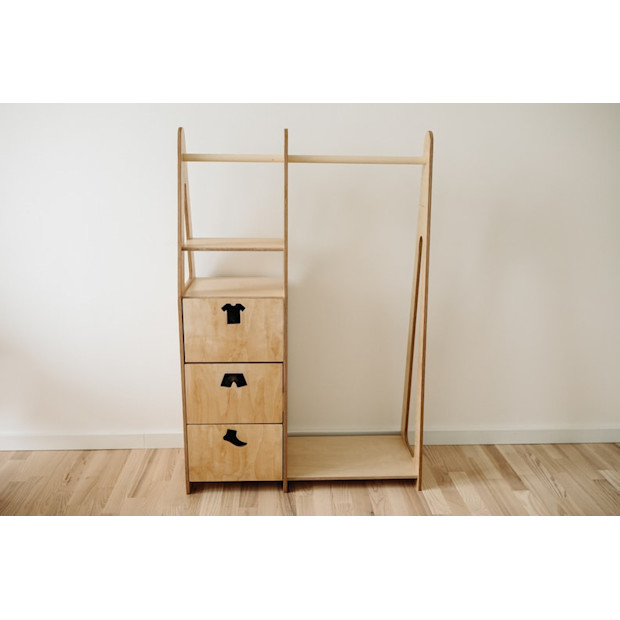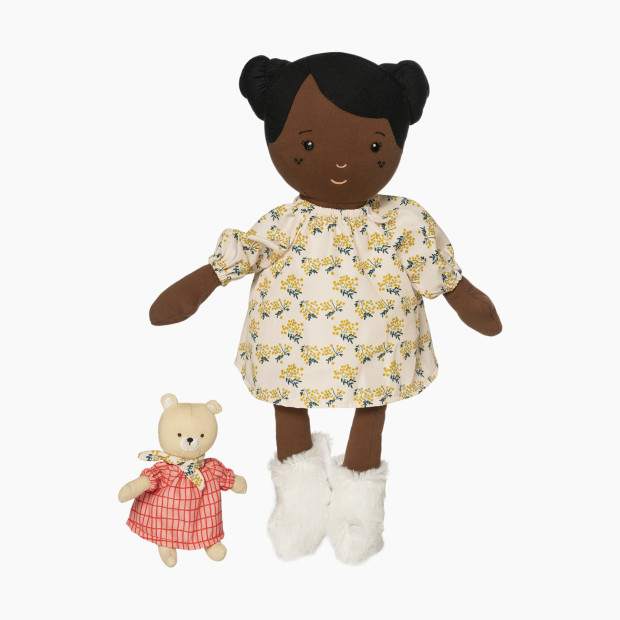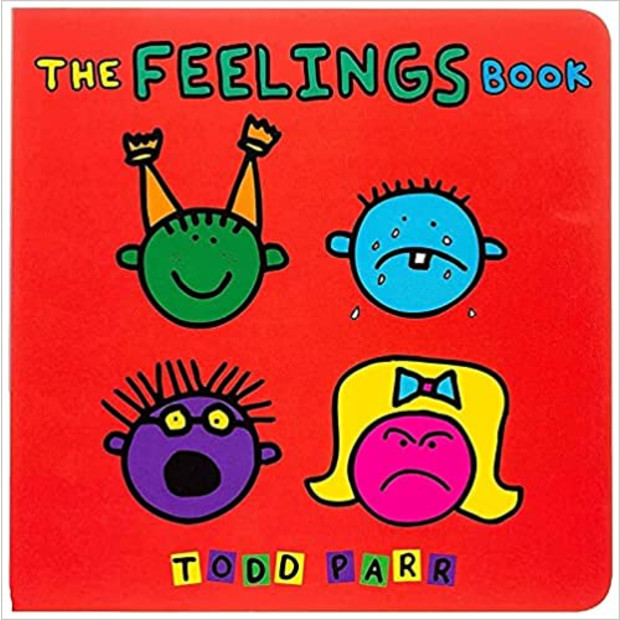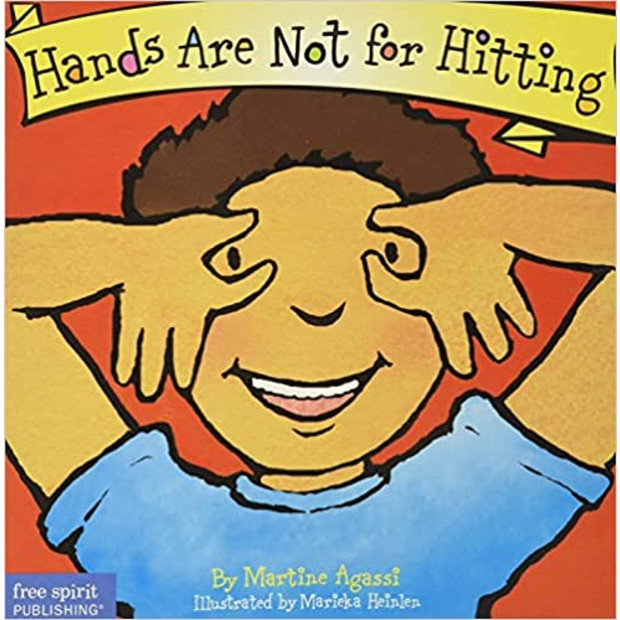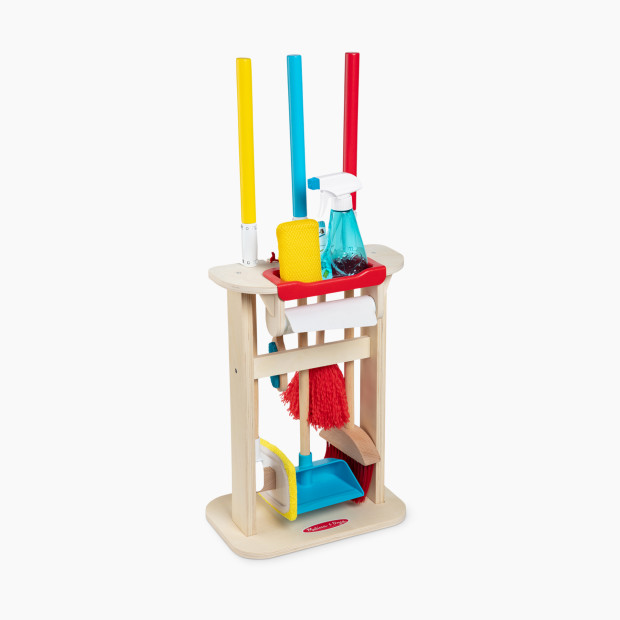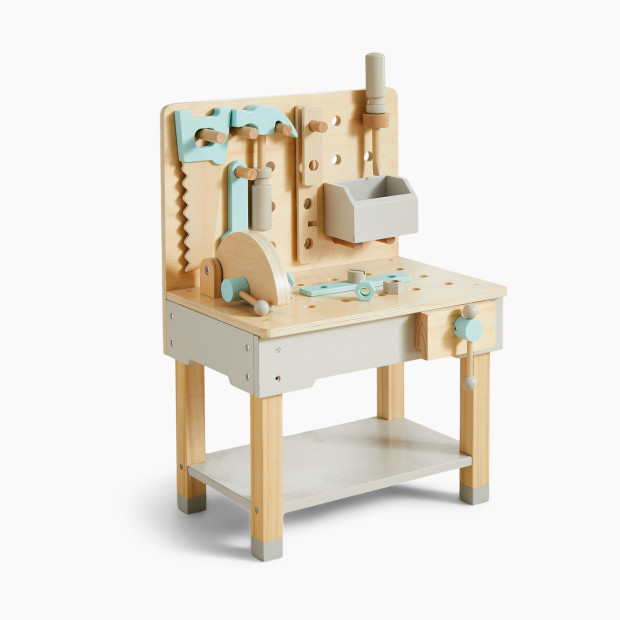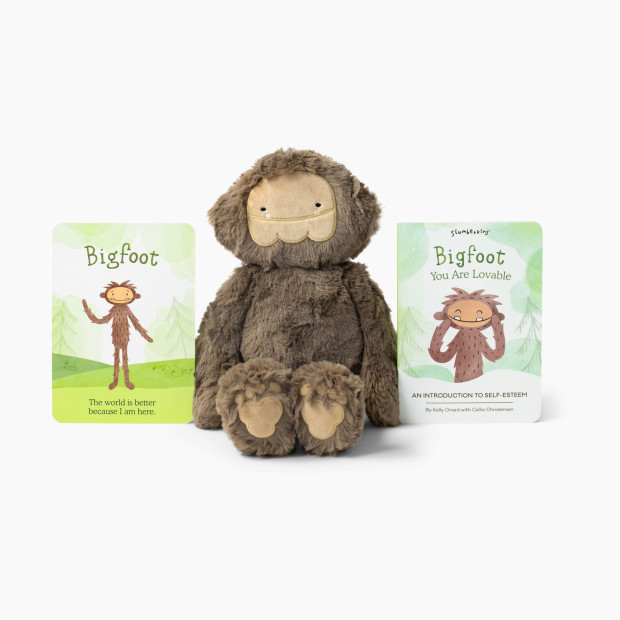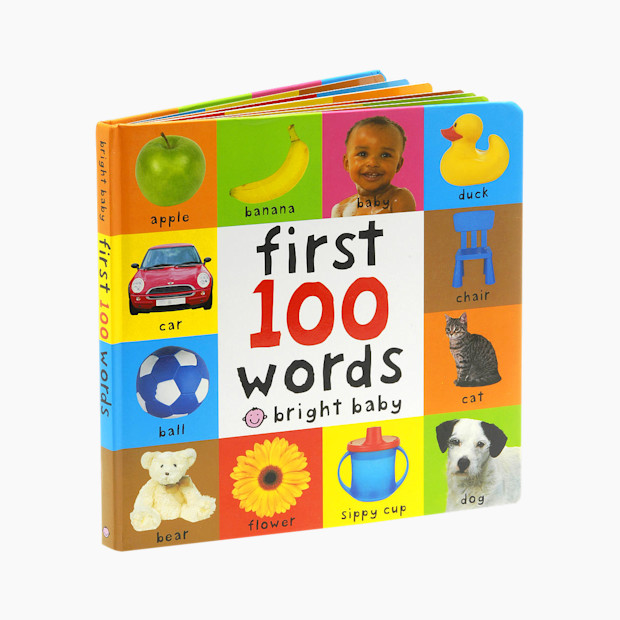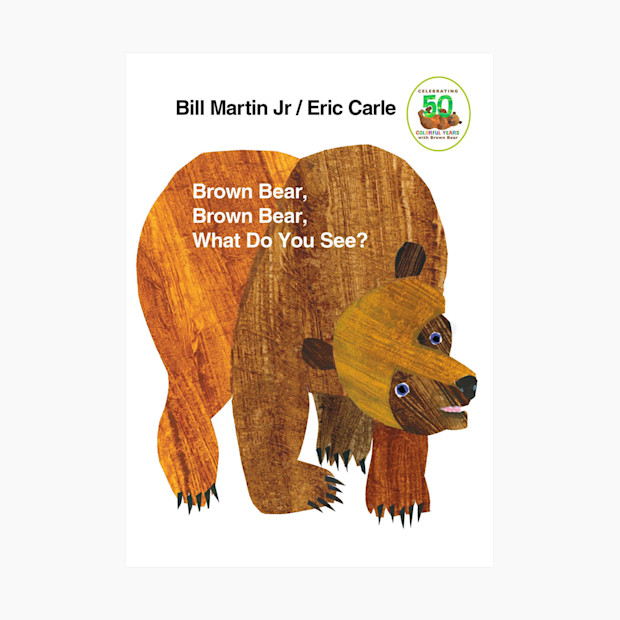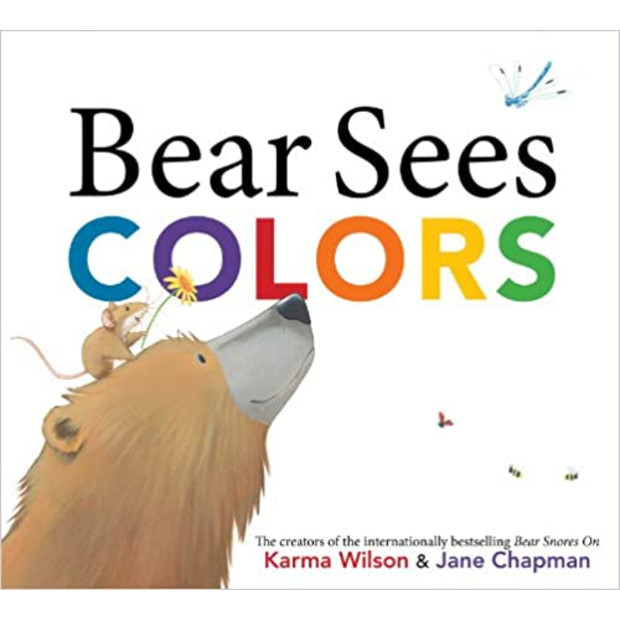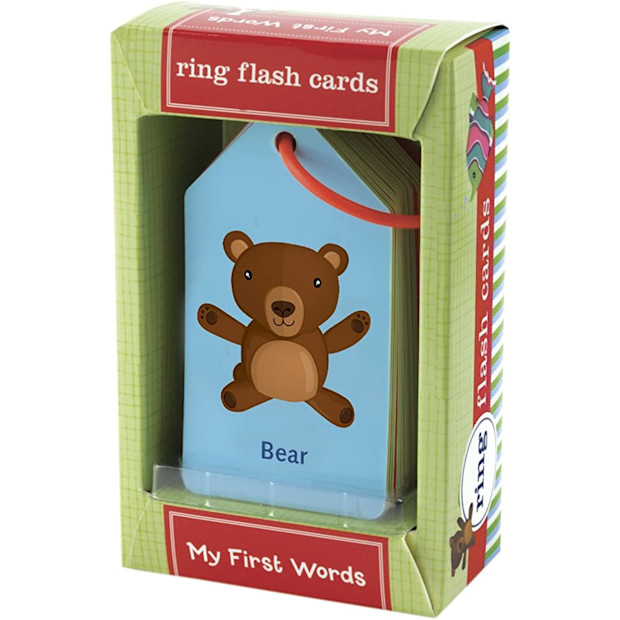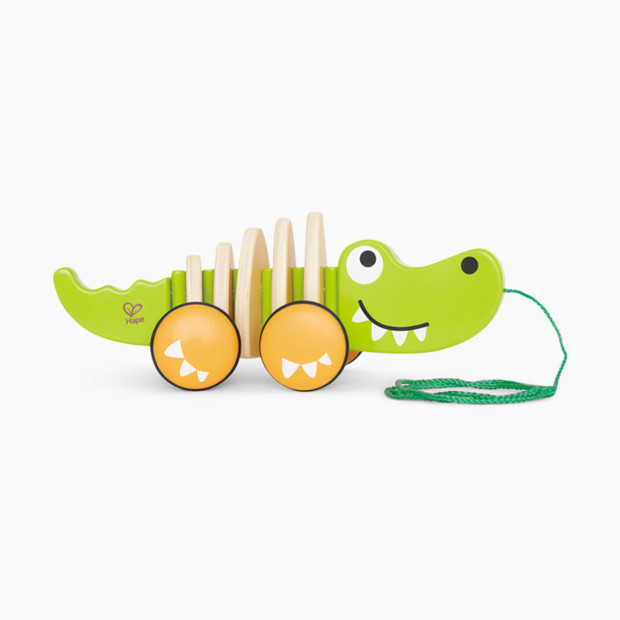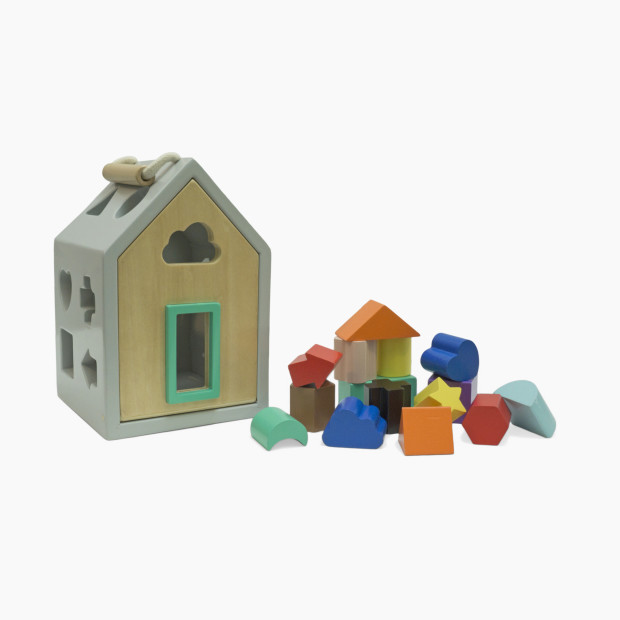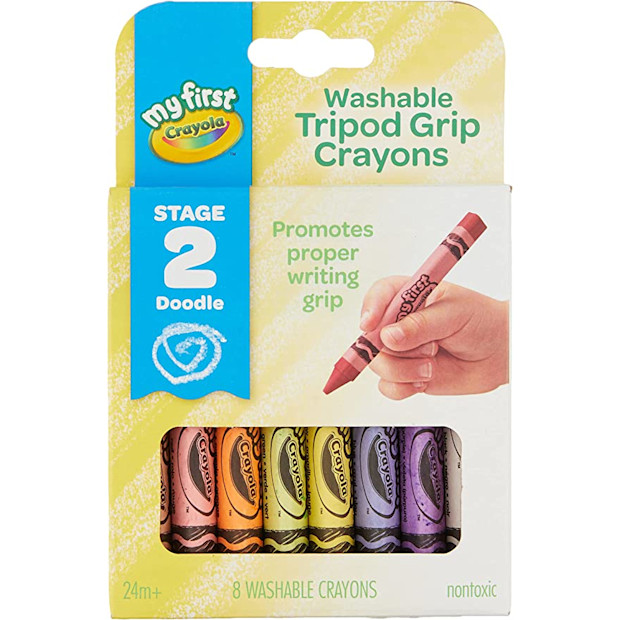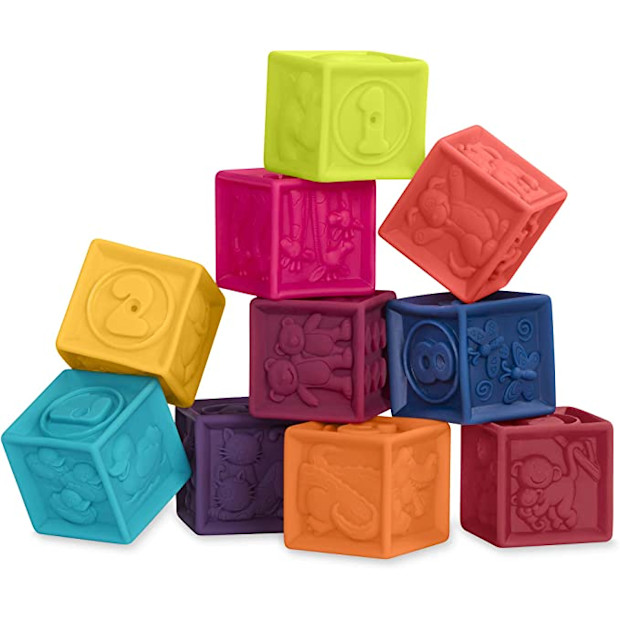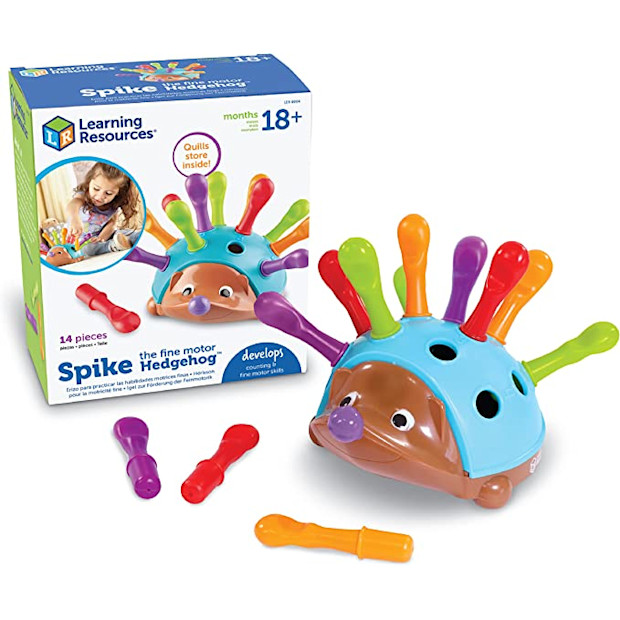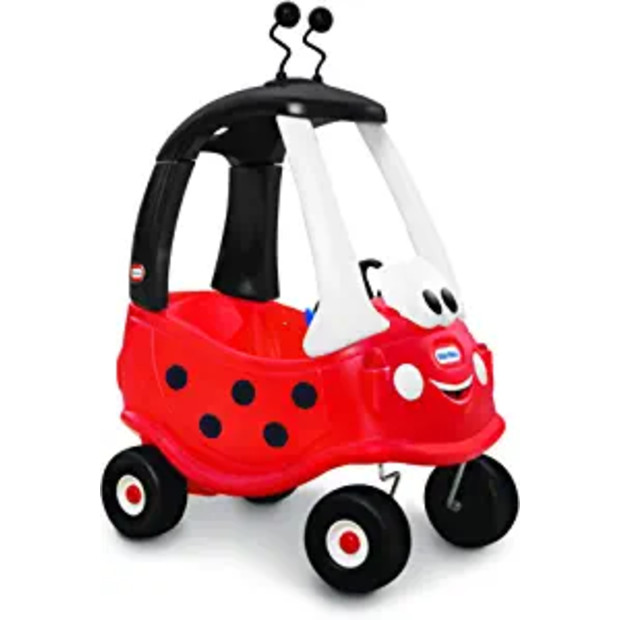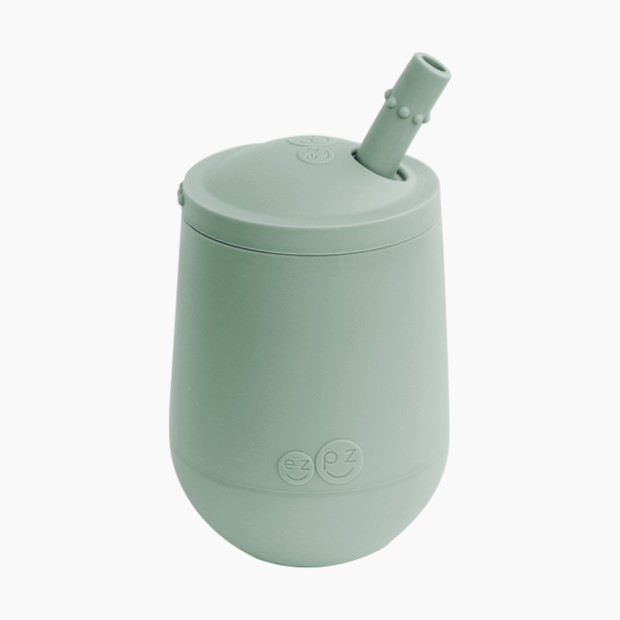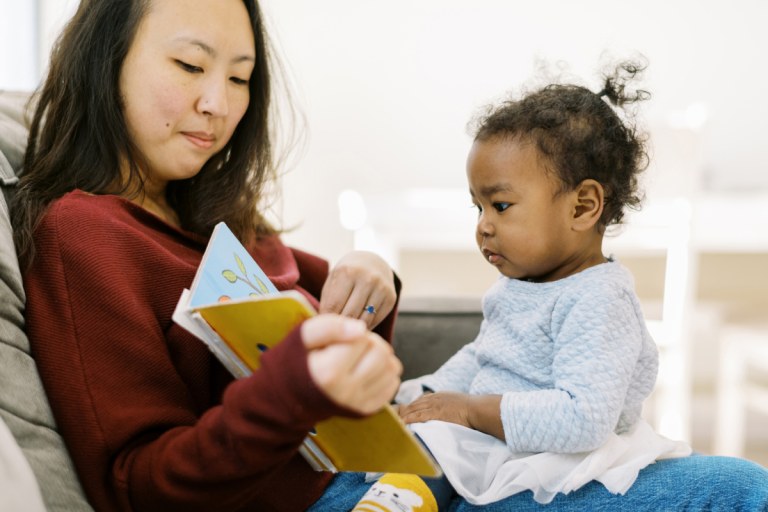
Toddler Milestones Guide: 12-18 Months
We mapped out all the exciting new skills they're learning, month by month, plus our favorite toys for encouraging their growth.

By Jen LaBracio, CPST
Walking, pointing, playing pretend and even throwing a tantrum. If you’ve noticed your newly-minted toddler doing any of these things as they pass their first birthday, know there’s more going on than what may meet the eye.
Developmental milestones—skills and behaviors that most children can do by a certain age—have already been a big part of your little one’s life since babyhood. Now that the toddler days have arrived, your kiddo isn’t slowing down. They’re about to make huge leaps in everything from social and emotional development to physical and language skills. It’s helpful to know what to be on the lookout for as they grow and how you can encourage them to meet these milestones along the way.
We’re mapping out developmental milestones from 12 to 18 months according to the Centers for Disease Control and Prevention (CDC) and the American Academy of Pediatrics (AAP) and sharing our favorite age- and stage-appropriate toys and gear to help support your toddler as they grow.
And remember, this milestone guide is just that—a guide. Every child develops at their own unique pace and with a lot of ups and downs along the way. If you’re ever concerned about your toddler’s development, be sure to talk it through with your pediatrician.
Social and Emotional Milestones
Socially and emotionally, your little one is experiencing some pretty big leaps as they enter toddlerhood. You’re probably noticing them expressing a wide range of emotions, beginning to understand what you’re saying when you speak to them and following simple commands. (Or not, because, toddlers). The baby you’ve taken care of over the past year is exploring the world and turning into a full-fledged person right before your eyes—with lots of feelings along the way.
Here are the social and emotional milestones to be aware of between the ages of 12 and 18 months:
- Pointing
- Putting hands out for you to wash
- Helping you dress them (may push their arm through a sleeve, leg through a pant etc.)
- Moving away from you, but looking to make sure you’re close
- Beginning to show defiant behavior
- Increasing episodes of separation anxiety
- Expressing affection and a wide range of emotions
- Looking at a few pages of a book
- Beginning to imitate others and play “pretend”
- Following simple commands (first when adult speaks and gestures, then later with words alone)
- Engaging in more complex play (may put a doll to bed and cover it up)
There is a wide range of toys and products that help to support your toddler’s social and emotional development. Here’s what to keep in mind while shopping.
- Toddlers love anything that mimics adult life. Things like play kitchens, cleaning sets, tools and other “real life” toys provide the perfect opportunity for your little one to explore pretend play.
- If you’re practicing a Montessori philosophy, or simply want to begin to foster your toddler’s independence, look for products that can help them accomplish daily tasks on their own like getting dressed, washing hands, setting the table and more.
- Separation anxiety can begin to kick in around 12 to 18 months—and it can be tough on kids and parents. Look for books and other toys that explain the concept to your toddler in an age-appropriate way and provide reassurance.
- Has your previously calm baby turned into a tantrum-throwing toddler? Helping your child identify and recognize their feelings and emotions from a young age can allay less-than-fun toddler behaviors like hitting, biting and tantrums. There are lots of books and toys available that can help.
Language and Communication Milestones
Remember when your baby looked at you with a bit of a blank stare? They’ve been replaced by a curious toddler who suddenly understands a lot of what you’re saying to them—and is starting to communicate right back.
Language skills begin to explode as your little one enters toddlerhood, and it’s so much fun to watch. And while it’s easy (and really tempting) to start comparing your little one’s speech development to your child’s daycare buddies or your friends’ kids, don’t—there’s more variation among toddlers in language development than in any other area, according to the AAP. So try not to stress, and always talk to your pediatrician if you have any concerns.
Look for these language and communication milestones between 12 and 18 months:
- Tries to say three or more single words besides “mama” or “dada”
- Recognizes names of familiar people, objects and body parts
- Understands much of what you say
- Plays with toys in a simple way
Toys and books aren’t just for fun—they can help get your toddler talking.
- Reading to your toddler is one of the best ways to stimulate brain development and build language skills, according to experts. Sharing books together can help toddlers learn about letters and sounds and discover the world around them. Look for interactive activity books, books with repetitive phrases and books with realistic photos. And don’t be concerned if your child wants to read the same book over and over. While it may be boring for you, it’s perfectly normal for your toddler, who gravitates toward routine and repetition.
- Did you know you can use toys to encourage language development? Things like asking your toddler to name body parts on Mr. Potato Head, helping them identify the animals in a toy barn or even taking turns blowing bubbles are all interactive ways you can boost your toddler’s speech skills.
Physical Milestones
It’s your toddler’s world now—can you keep up? Whether your 12 to 18-month-old has been walking for months or is newly on their feet, it doesn’t take long for most little ones to master movement soon after they take their first steps. In addition to gross motor skills like walking and running, you’ll also start noticing some leaps in fine motor skill development at this age. Things like unscrewing a lid, scribbling with a crayon or turning a doorknob are all things your toddler may start figuring out as they get closer to one and a half. Time to make sure those baby gates are secured!
These are the physical milestones your toddler will be working toward by the time they’re around 18 months old:
- Walks independently and begins to run
- Scribbles
- Stacks blocks (about four to six blocks by two years old)
- Pulls a toy behind them
- Does simple puzzles
- Manipulate small objects and begin to learn small movements like unscrewing a jar lid and turning a doorknob
- Drinks from an open cup (spills are okay!)
- Feeds themselves with fingers, tries to use a spoon
- Climbs on and off couch or chair without help
SO many toys and products can help your toddler get moving, so have fun experimenting with what your little one likes best. Here are a few things to focus on.
- Gross motor skills (big movements that involve your toddler’s whole body like running, kicking and throwing) start to take off during toddlerhood. You can encourage and build these skills with things like pull-along toys, trampolines, scooters, balance bikes and more. Many gross motor skill-based toys also make awesome outdoor toys.
- In contrast to gross motor skills are fine motor skills—movements that involve small muscles in areas like the hands, wrists and fingers. Look for toys that help your baby with these types of more precise motions such as soft, toddler-friendly blocks, chunky crayons or finger paints, simple puzzles and anything that promotes hand-eye coordination.
- It may not be the first thing to come to mind, but aspects of eating—learning how to use a spoon, for example, or drink from an open cup—are physical milestones your toddler will build during this timeframe. Give your little one plenty of practice with appropriately sized utensils and tableware.

